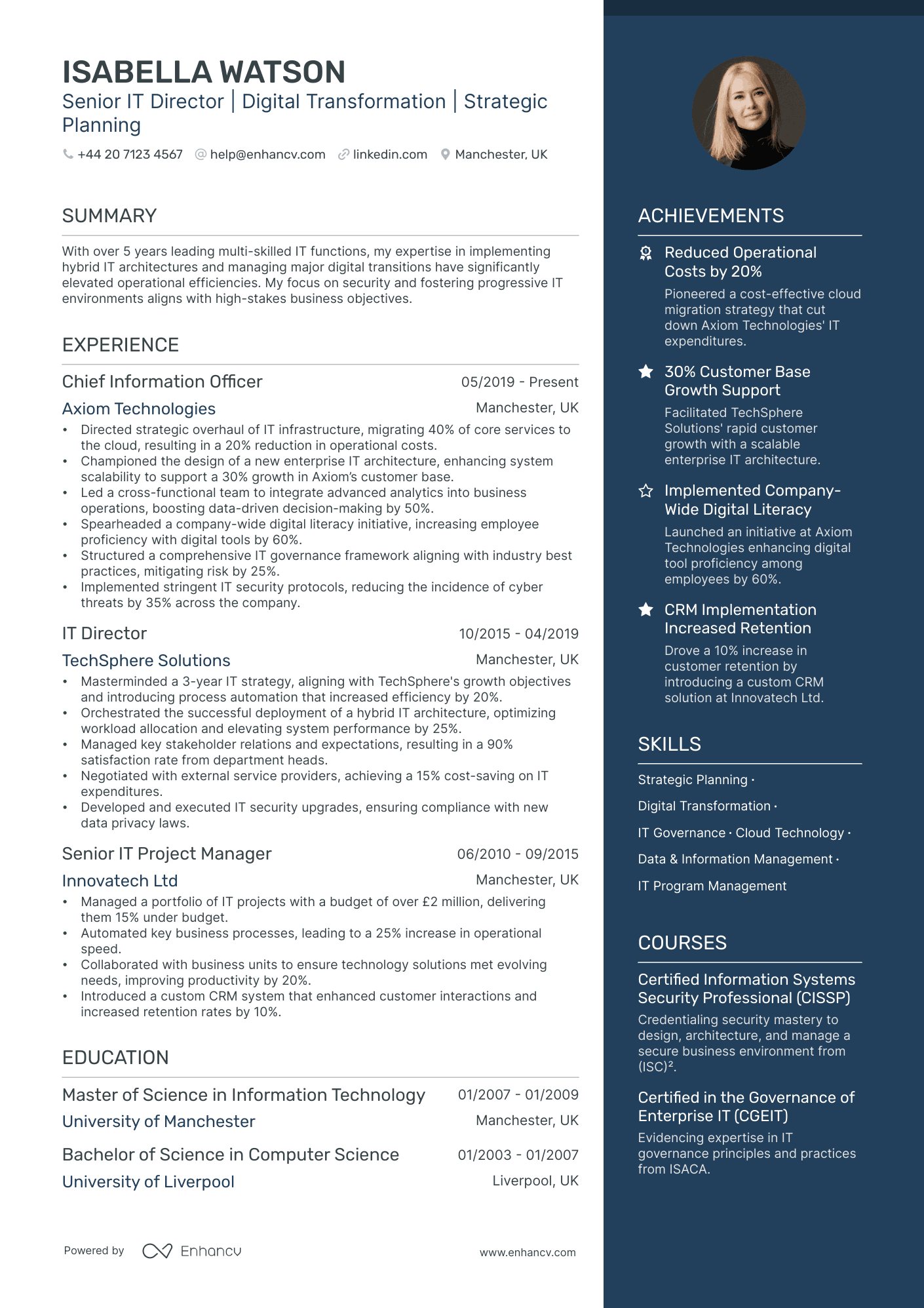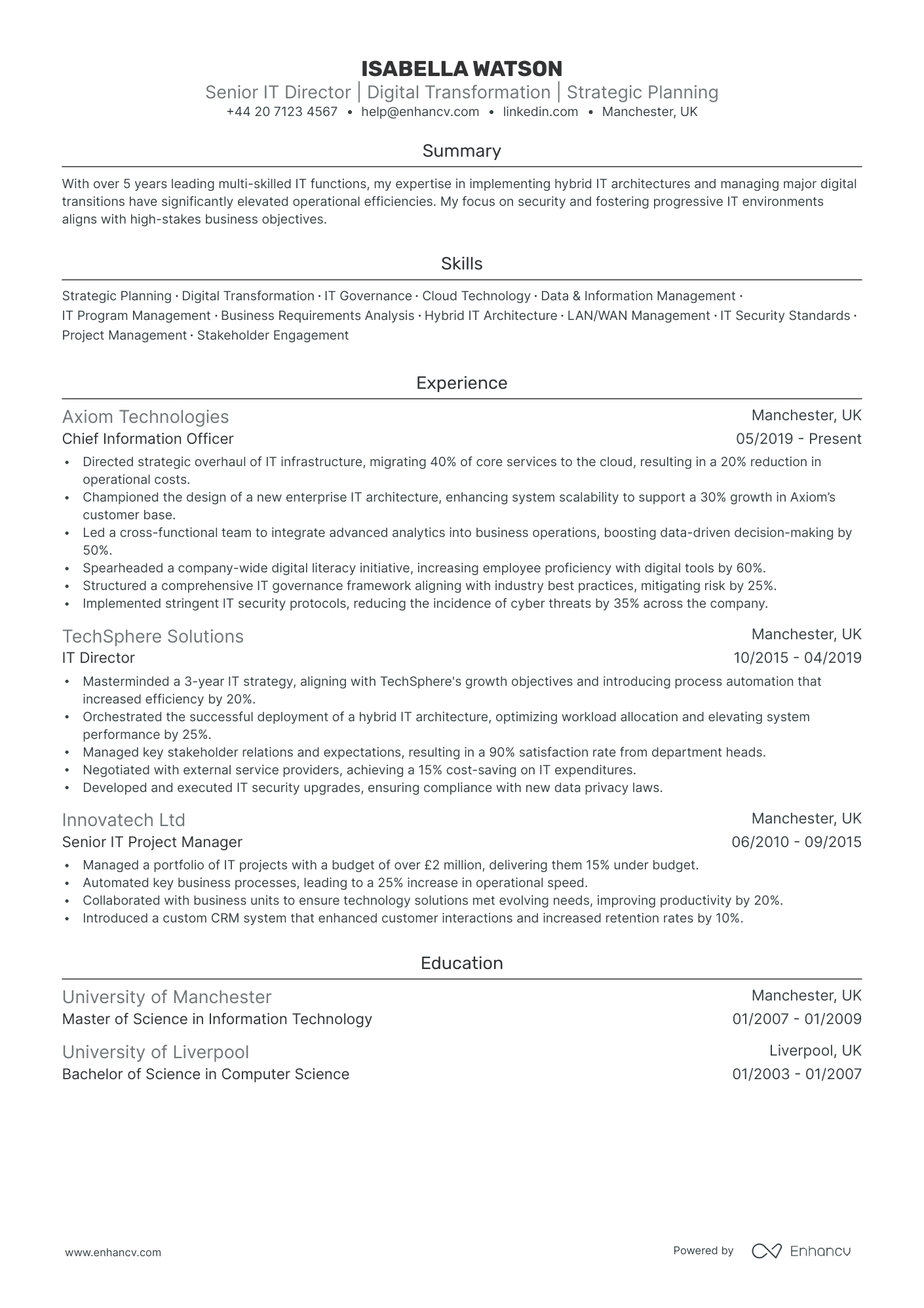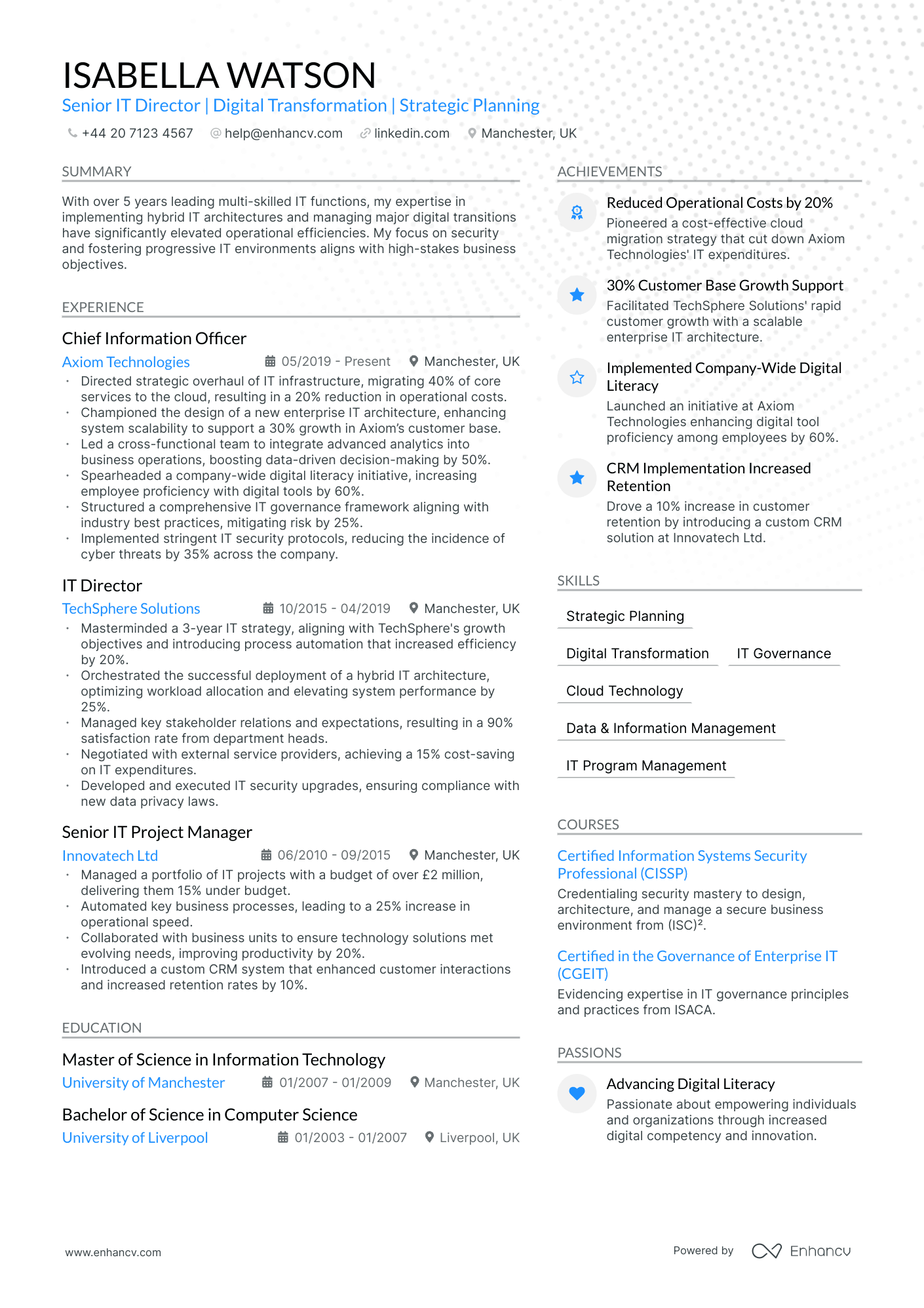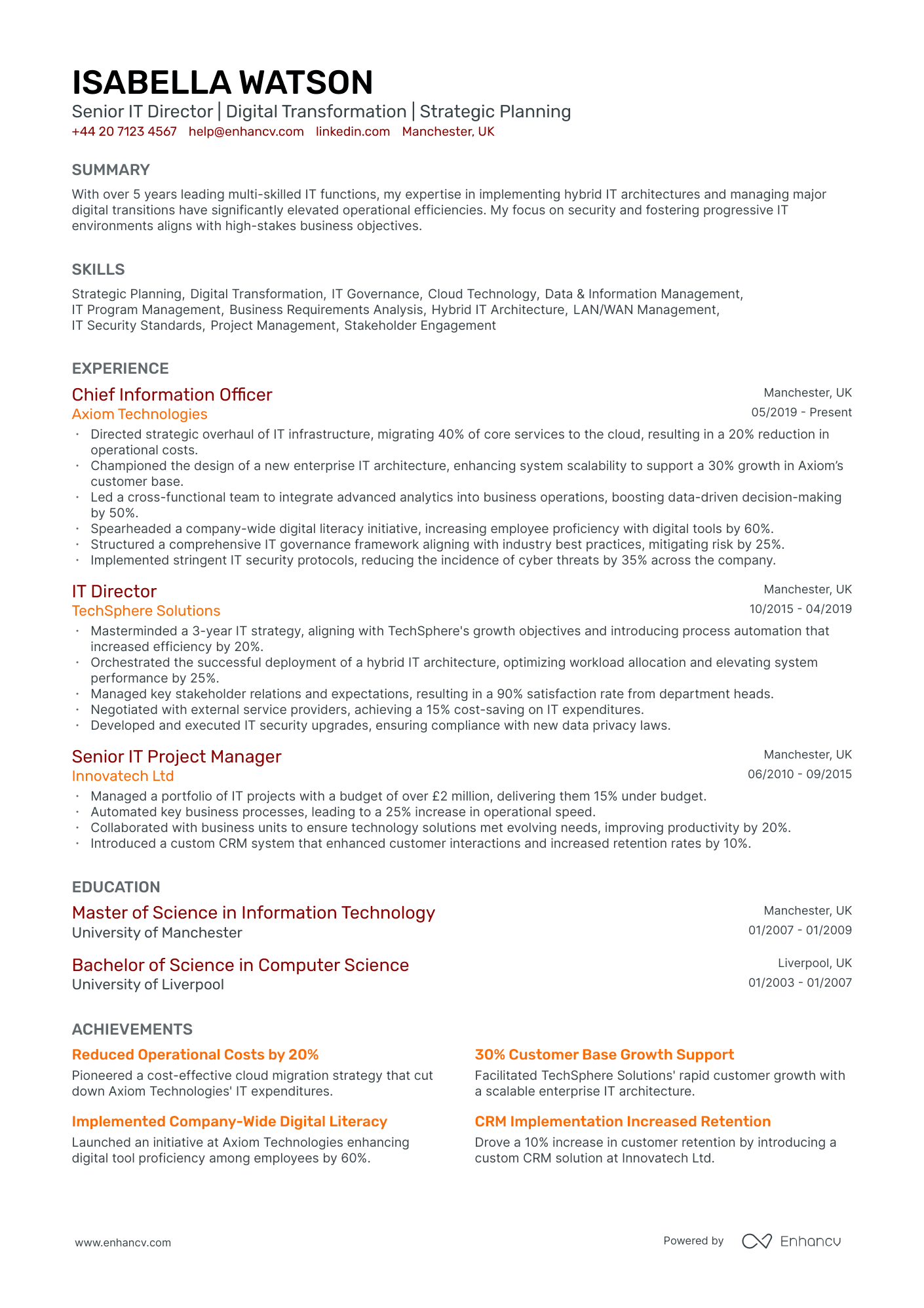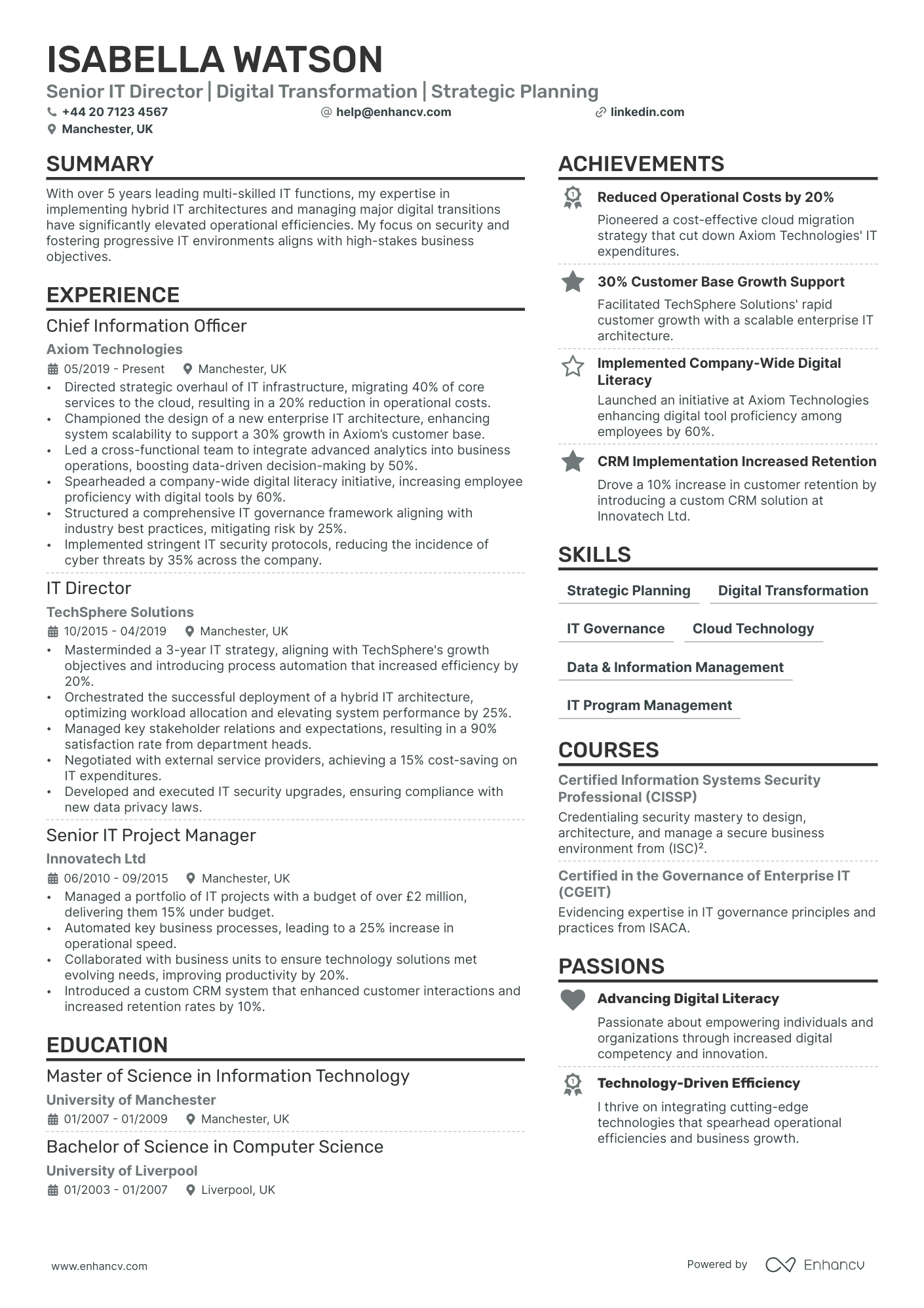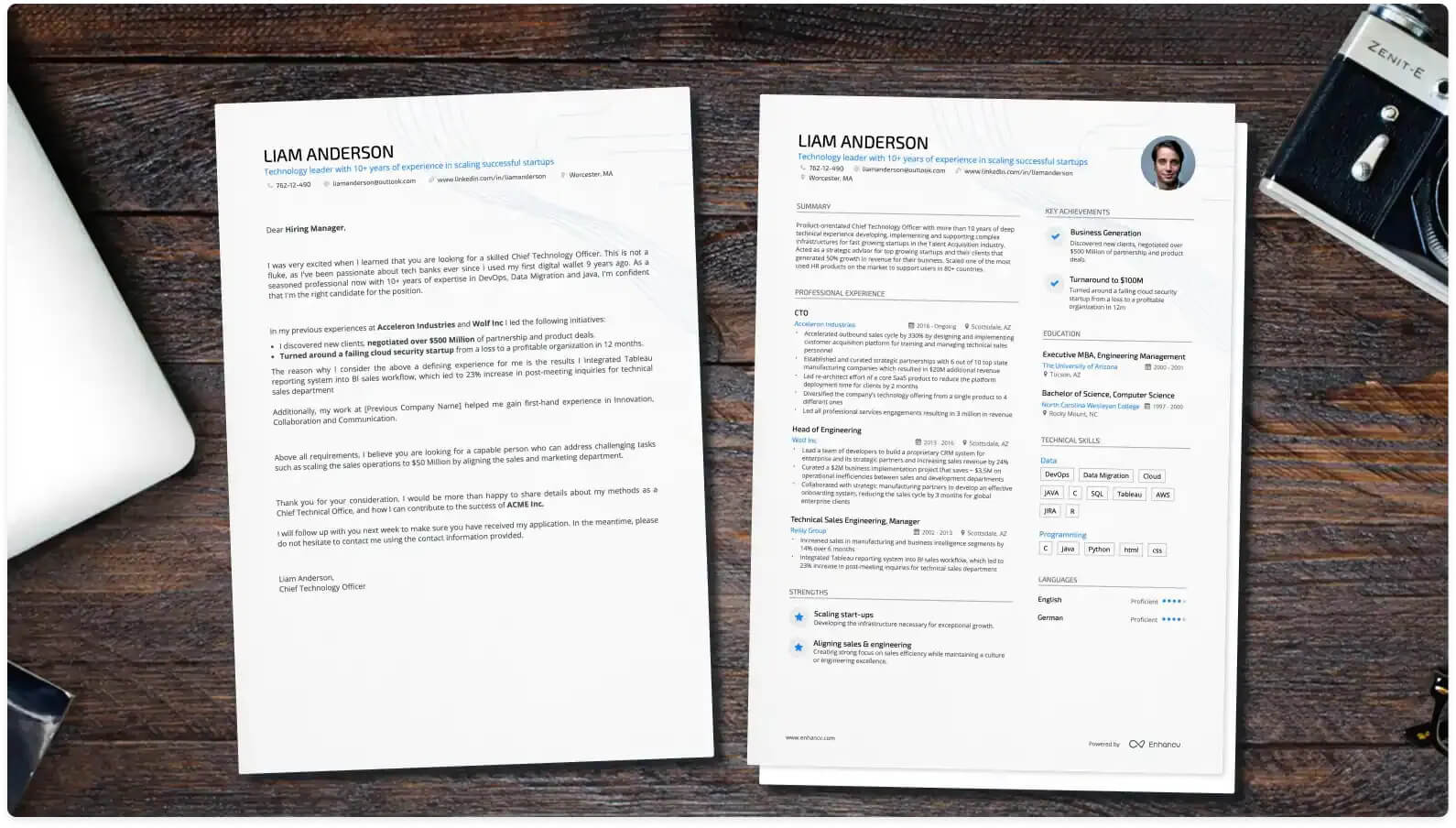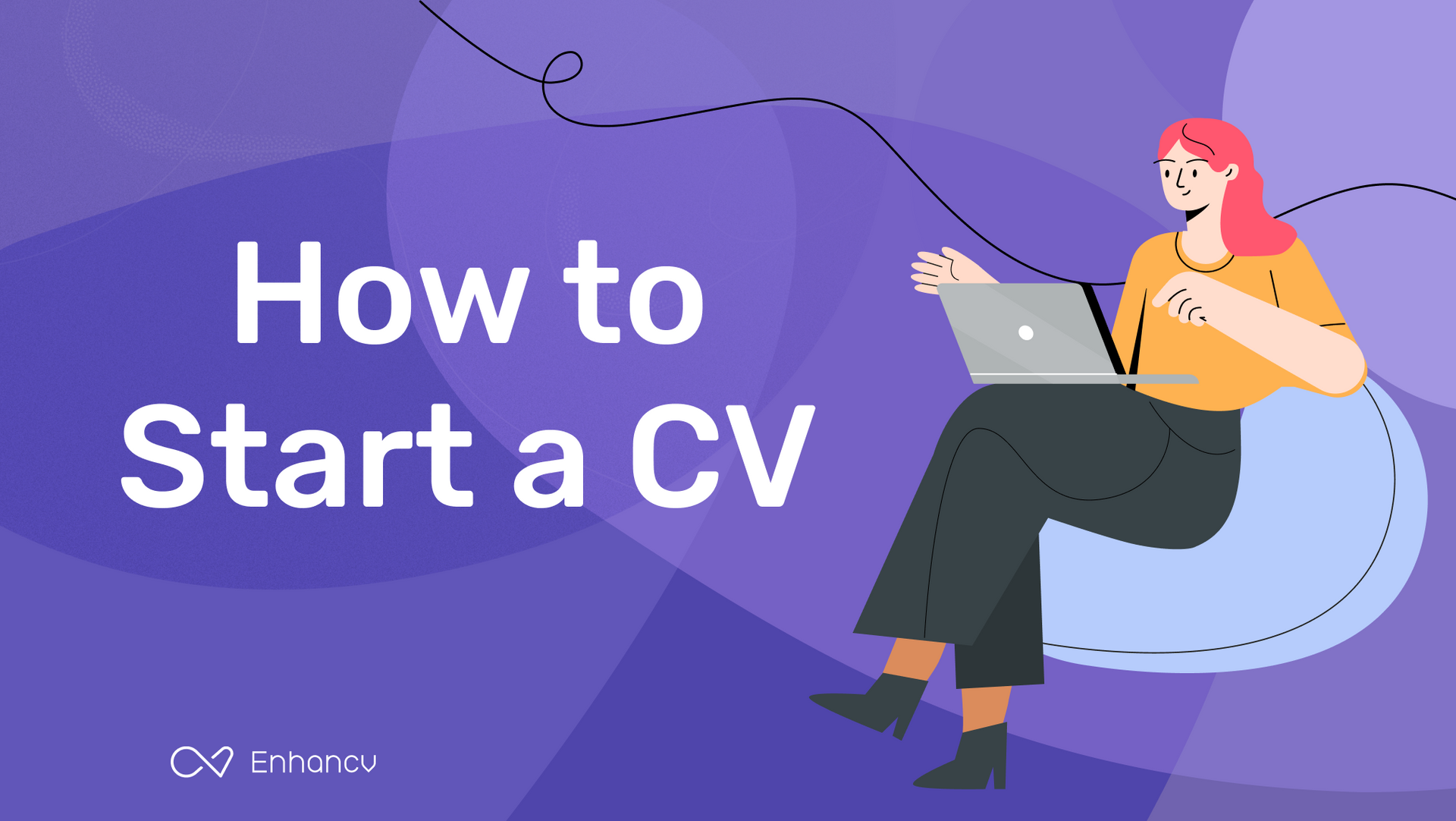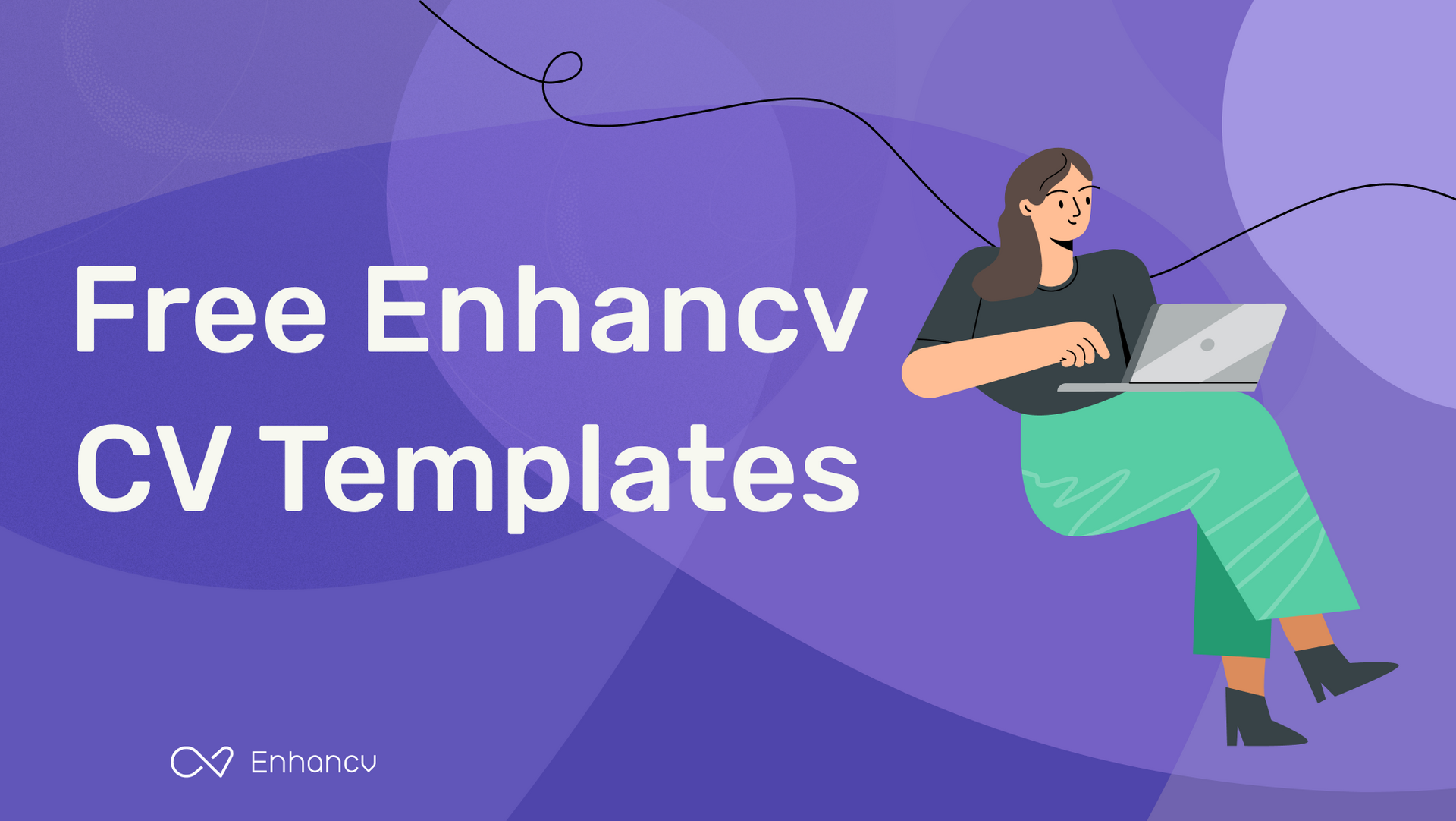Navigating the complexities of cybersecurity within an evolving IT landscape presents a significant CV challenge for IT Directors. Our guide offers comprehensive strategies and actionable insights to enhance your CV, ensuring it reflects your adeptness at safeguarding your organisation's digital infrastructure.
- Answer job requirements with your it director CV and experience;
- Curate your academic background and certificates, following industry-leading CV examples;
- Select from +10 niche skills to match the ideal candidate profile
- Write a more succinct experience section that consists of all the right details.
Do you need more specific insights into writing your it director CV? Our guides focus on unique insights for each individual role:
Structuring and formatting your it director CV for an excellent first impression
The experts' best advice regarding your CV format is to keep it simple and concise. Recruiters assessing your CV are foremost looking out for candidates who match their ideal job profile. Your white space, borders, and margins. You may still be wondering which format you need to export your CV in. We recommend using the PDF one, as, upon being uploaded, it never alters your information or CV design. Before we move on to the actual content of your it director CV, we'd like to remind you about the Applicant Tracker System (or the ATS). The ATS is a software that is sometimes used to initially assess your profile. Here's what you need to keep in mind about the ATS:- All serif and sans-serif fonts (e.g. Rubik, Volkhov, Exo 2 etc.) are ATS-friendly;
- Many candidates invest in Arial and Times New Roman, so avoid these fonts if you want your application to stand out;
- Both single and double column CVs can be read by the ATS, so it's entirely up to you to select your CV design.
PRO TIP
Incorporate a touch of colour in headers or section breaks, but keep it professional and ensure it doesn’t detract from readability, especially in more conservative industries.
The top sections on a it director CV
- Professional Summary: Offers a snapshot of your IT leadership expertise.
- Technical Skills: Highlights your IT-specific abilities and tools proficiency.
- Professional Experience: Details your relevant job history and achievements.
- Education and Certifications: Demonstrates your formal training and IT qualifications.
- Project Management Experience: Showcases your ability to lead and execute IT projects.
What recruiters value on your CV:
- Emphasise your strategic leadership in IT by detailing how you've delivered technology visions and roadmaps that align with business goals, showing that you understand the high-level impact of IT decisions.
- Highlight your experience with IT governance, risk management and compliance frameworks, demonstrating that you can maintain the integrity and security of IT systems in a director-level role.
- Illustrate your track record in managing large IT budgets and investments, providing concrete examples of cost savings, efficiency improvements, and value creation.
- Showcase your ability to lead and inspire IT teams by outlining successful project implementations and the development of IT competencies within your team.
- Detail any experience with digital transformation initiatives or emerging technologies, evidencing your commitment to innovation and the ability to keep the organisation at the forefront of IT advancements.
Recommended reads:
Making a good first impression with your it director CV header
Your typical CV header consists of Your typical CV header consists of contact details and a headline. Make sure to list your professional phone number, email address, and a link to your professional portfolio (or, alternatively, your LinkedIn profile). When writing your CV headline , ensure it's:
- tailored to the job you're applying for;
- highlights your unique value as a professional;
- concise, yet matches relevant job ad keywords.
You can, for examples, list your current job title or a particular skill as part of your headline. Now, if you decide on including your photo in your CV header, ensure it's a professional one, rather than one from your graduation or night out. You may happen to have plenty more questions on how to make best the use of your CV headline. We'll help you with some real-world examples, below.
Examples of good CV headlines for it director:
- Head of IT & Cloud Infrastructure | Cybersecurity Expert | ITIL Certified | 20+ Years Leadership Experience
- Director of Information Technology | Digital Transformation Specialist | PMP | 15 Years Progressive IT Management
- Senior IT Director | Strategic IT Roadmapping | Data Centre Management | MBA | 25 Years Industry Tenure
- Chief Information Officer | Enterprise System Architectures | AI Integration | MIT | 18 Years Strategic Oversight
- IT Strategy & Operations Director | SaaS Solutions | Vendor Management | PRINCE2 Practitioner | 22 Years Experience
- Global IT Director | Cross-functional Team Leadership | eCommerce Platforms | Scrum Master | 16+ Years Driving IT Innovation
Your it director CV introduction: selecting between a summary and an objective
it director candidates often wonder how to start writing their resumes. More specifically, how exactly can they use their opening statements to build a connection with recruiters, showcase their relevant skills, and spotlight job alignment. A tricky situation, we know. When crafting you it director CV select between:
- A summary - to show an overview of your career so far, including your most significant achievements.
- An objective - to show a conscise overview of your career dreams and aspirations.
Find out more examples and ultimately, decide which type of opening statement will fit your profile in the next section of our guide:
CV summaries for a it director job:
- Seasoned IT Director with over 15 years of progressive experience, specialising in digital infrastructure strategy and enterprise-level project management. Expertise in cloud computing and cybersecurity protocols. Achieved a 40% cost reduction by leading a successful IT infrastructure consolidation for a multinational corporation.
- Accomplished IT leader with a track record of delivering high-impact technology solutions within the financial sector. Possessing over two decades of experience, reinforced by a masterful command of network architecture and data analytics. Instrumental in elevating customer satisfaction rates through the implementation of a user-centric software revamp.
- Impassioned former Senior Management Consultant transitioning into IT leadership, boosted by a strong foundation in business process optimisation and strategic IT planning. Armed with robust analytical skills and a deep understanding of cross-sector tech integration from a decade of consultancy experience. Keen to leverage this unique blend of skills to drive technological advancements.
- Dynamic Marketing Executive pivoting to IT with a zest to capitalise on a robust background in data-driven strategy and technological upskilling. Forged a successful 12-year career by spearheading initiatives that intersect innovation and user engagement, eager to transfer this eclectic experience into crafting cutting-edge IT solutions.
- Eager to embark on an IT Director career, bringing forth a fresh perspective shaped by a comprehensive Bachelor’s in Computer Science and a vibrant portfolio of tech-centric extracurricular projects. Demonstrates a palpable enthusiasm for leveraging emerging technologies to solve complex business challenges.
- Aspiring to secure a foundational role as an IT Director, motivated by a rich blend of academic excellence in IT management and a keen self-taught expertise in modern programming languages. Adept at creatively approaching problem-solving, with a specific interest in deploying AI-driven processes to optimise operational efficiency.
Best practices for writing your it director CV experience section
If your profile matches the job requirements, the CV experience is the section which recruiters will spend the most time studying. Within your experience bullets, include not merely your career history, but, rather, your skills and outcomes from each individual role. Your best experience section should promote your profile by:
- including specific details and hard numbers as proof of your past success;
- listing your experience in the functional-based or hybrid format (by focusing on the skills), if you happen to have less professional, relevant expertise;
- showcasing your growth by organising your roles, starting with the latest and (hopefully) most senior one;
- staring off each experience bullet with a verb, following up with skills that match the job description, and the outcomes of your responsibility.
Add keywords from the job advert in your experience section, like the professional CV examples:
Best practices for your CV's work experience section
- Directed the strategic planning and implementation of enterprise IT systems to support both distributed and centralised operations and achieve more effective and cost efficient enterprise-wide IT operations.
- Led a team of IT professionals in the successful delivery of user-friendly technology solutions, contributing to a 15% increase in overall staff productivity.
- Managed an IT department budget of £2.5M while optimising costs, leading to a 10% budget reduction without sacrificing service quality.
- Designed and executed business continuity and disaster recovery plans, ensuring 99.9% system uptime and robust data protection protocols.
- Coordinated with key stakeholders to align IT infrastructure with company goals, which increased the speed of business processes by 20%.
- Spearheaded the migration of data to cloud services, reducing operational costs by 25% and enhancing data accessibility for remote teams.
- Implemented industry-specific compliance standards, such as GDPR and ISO 27001, substantially reducing the risk of data breaches and non-compliance fines.
- Enhanced IT security systems by incorporating the latest cybersecurity technologies, leading to a 40% decrease in security incidents.
- Oversaw the implementation of an organisation-wide ERP system, integrating various business functions and facilitating more informed decision-making.
- Spearheaded the digital transformation initiative, integrating advanced AI capabilities that drove a 30% increase in process efficiency for key operational workflows.
- Managed a team of 50 IT professionals and implemented agile project management, reducing time-to-market for new software releases by 25%.
- Negotiated and secured a £2M annual IT budget, successfully reallocating resources to prioritise critical cybersecurity enhancements.
- Led the strategic planning and execution of an enterprise-wide cloud migration project for business-critical applications to Azure, enhancing system availability by 99.9%.
- Directed a cross-functional team to develop and launch a custom ERP solution, improving operational efficiency and achieving a 20% reduction in overhead costs.
- Established a comprehensive data governance framework that achieved compliance with GDPR and improved data security protocols.
- Implemented a company-wide IT strategy that included the rollout of a new VoIP system, successfully reducing telecommunications costs by 40%.
- Coordinated with key stakeholders to introduce a BYOD policy, enhancing employee productivity while maintaining robust security controls.
- Optimised IT infrastructure by introducing virtualisation technologies, resulting in a 50% decrease in physical server requirements and reducing energy consumption.
- Orchestrated the deployment of a customised CRM system, tailored to the sales process, which helped increase customer retention rates by 15%.
- Managed vendor relationships and led contract negotiations for software purchases, achieving cost savings of £500k annually.
- Drove the adoption of robust cybersecurity measures which mitigated risk exposure by 70% during a period of increased cyber threats.
- Implemented strategic IT initiatives that supported the entry into new markets, contributing to a revenue increase of £10M in under two years.
- Coordinated the IT aspects of a merger, ensuring seamless systems integration and minimal disruption to business operations.
- Upgraded enterprise security measures by deploying an end-to-end encryption solution, significantly enhancing protection of sensitive customer data.
- Developed and enforced IT policies that aligned with strategic business goals, directly leading to a 35% improvement in IT service delivery.
- Oversaw the development and implementation of a disaster recovery plan, which was successfully executed during an unforeseen data breach with minimal data loss.
- Led the procurement and implementation of a scalable infrastructure to accommodate a growing workforce, supporting a 50% increase in company size.
- Revitalised the company's technology stack by leading the migration to a microservices architecture, improving system resilience and scalability.
- Championed the adoption of data analytics and business intelligence tools, enabling data-driven decision making and boosting profits by 20%.
- Cultivated a culture of continuous improvement, introducing regular training sessions that increased the IT department's operational efficiency by 30%.
- Directed critical IT infrastructure upgrades that reduced network downtime by 90%, vastly improving business continuity.
- Managed a high-profile transition to a hybrid cloud environment, enabling better resource management and a 25% cost saving on IT expenditures.
- Introduced and standardised IT service management best practices in line with ITIL, enhancing service quality and customer satisfaction.
Writing your CV without professional experience for your first job or when switching industries
There comes a day, when applying for a job, you happen to have no relevant experience, whatsoever. Yet, you're keen on putting your name in the hat. What should you do? Candidates who part-time experience , internships, and volunteer work.
Recommended reads:
PRO TIP
Include examples of how you adapted to new tools, environments, or work cultures, showing your flexibility.
Key it director CV skills: what are hard skills and soft skills
Let's kick off with the basics. You know that you have to include key job requirements or skills across your CV. For starters, take individual skills from the job description and copy-paste them into your CV, when relevant. Doing so, you'll ensure you have the correct skill spelling and also pass the Applicant Tracker System (ATS) assessment. There are two types of skills you'll need to include on your CV:
- Hard skills - technical abilities that are best defined by your certificates, education, and experience. You could also use the dedicated skills section to list between ten and twelve technologies you're apt at using that match the job requirements.
- Soft skills - your personal traits and interpersonal communication skills that are a bit harder to quantify. Use various CV sections, e.g. summary, strengths, experience, to shine a spotlight on your workspace achievements, thanks to using particular soft skills.
Remember that your job-winning CV should balance both your hard and soft skills to prove your technical background, while spotlighting your personality.
Top skills for your it director CV:
Information Technology Management
Project Management
Network Architecture and Infrastructure
Cybersecurity
Business Continuity Planning
Data Centre Management
Cloud Computing
Vendor Management
Strategic IT Planning
Budgeting and Cost Control
Leadership
Communication
Collaboration
Problem-Solving
Decision-Making
Time Management
Adaptability
Innovation
Strategic Thinking
Stakeholder Management
PRO TIP
If you have received professional endorsements or recommendations for certain skills, especially on platforms like LinkedIn, mention these to add credibility.
Further professional qualifications for your it director CV: education and certificates
As you're nearing the end of your it director CV, you may wonder what else will be relevant to the role. Recruiters are keen on understanding your academic background, as it teaches you an array of hard and soft skills. Create a dedicated education section that lists your:
- applicable higher education diplomas or ones that are at a postgraduate level;
- diploma, followed up with your higher education institution and start-graduation dates;
- extracurricular activities and honours, only if you deem that recruiters will find them impressive.
Follow a similar logic when presenting your certificates. Always select ones that will support your niche expertise and hint at what it's like to work with you. Balance both technical certification with soft skills courses to answer job requirements and company values. Wondering what the most sought out certificates are for the industry? Look no further:
PRO TIP
If there's a noticeable gap in your skillset for the role you're applying for, mention any steps you're taking to acquire these skills, such as online courses or self-study.
Recommended reads:
Key takeaways
Impressing recruiters with your experience, skill set, and values starts with your professional it director CV. Write concisely and always aim to answer job requirements with what you've achieved; furthermore:
- Select a simple design that complements your experience and ensures your profile is presentable;
- Include an opening statement that either spotlights your key achievements (summary) or showcases your career ambitions (objective);
- Curate your experience bullets, so that each one commences with a strong, action verb and is followed up by your skill and accomplishment;
- List your hard and soft skills all across different sections of your CV to ensure your application meets the requirements;
- Dedicate space to your relevant higher education diplomas and your certificates to show recruiters you have the necessary industry background.
